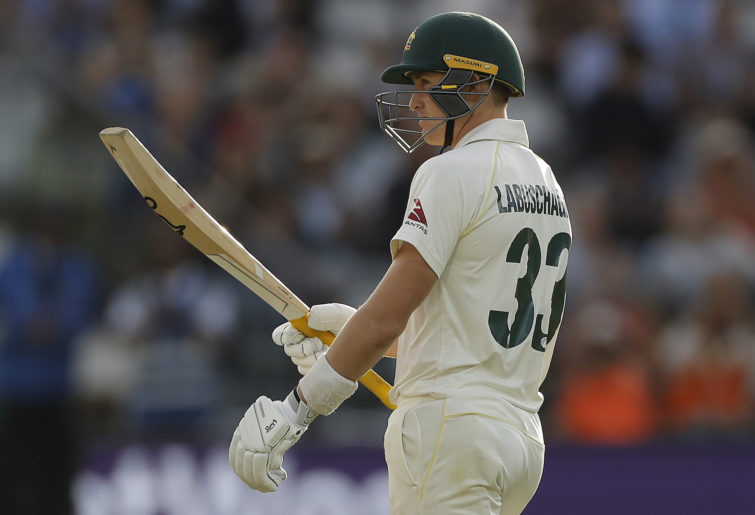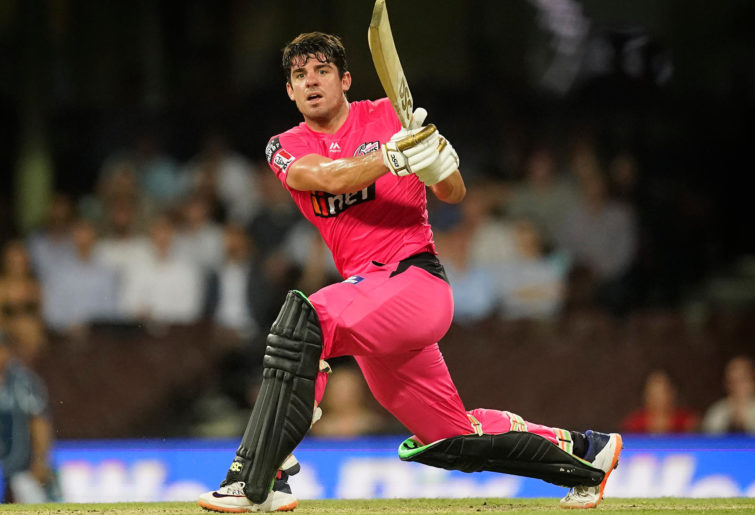The six-Test series between India and the second-string West Indies team during 1978-79 saw batsmen from both sides dominate, with the hosts eventually wining 1-0.
For me, it was a memorable series because thanks to Akashbani (the Indian radio) this was the first Test series I followed almost completely via radio. As a nine-year-old, I was very amused by the names like Shivnarine and Kallicharran in the West Indies team. To me, they seemed to be from Calcuttta.
I wasn’t familiar with their first names, and at that time I knew little about the Indian community in different parts of the globe. Later, during the 1983 World Cup, I was surprised to find out about a Zimbabwe opener named Ali Omarshah, known more commonly as Ali Shah.
There is no doubt that an exotic name with the context of a particular team adds some extra interest about that player.
Here, I have formed a team of such players.
I have followed a few rules. With players of South Asian background now playing for almost every team in the world, including the minnows, I have ignored these players unless they are/were part of a subcontinent team.
Secondly, while everyone (including me) loves names like Farokh Engineer and Vijay Merchant, they too were not in contention.
And finally, both Naoomal Jeoomal from Sindh, the first opening bat for India, and wicketkeeper Khershed Meherhomji from Bombay didn’t make it. Any cricket lover first learning about them would probably guess that they were from India.
So, here is my team.
Russell Arnold (Sri Lanka)
His middle name is Premakumaran. But I can’t remember any commentator or writer ever using that name.
He made his Test debut in the home series against Pakistan in April 1997 opening the innings with Sanath Jayasuriya. He was hugely popular among his teammates, his opponents and especially among the BBC TMS commentators.
But his Test record is disappointing. In 44 Tests his batting average was only 28.
Marshall Ayub (Bangladesh)
I am not sure whether his name has any connection with Field Marshall Ayub Khan, the military leader of Pakistan in the 1960s. Or it could be that his parents were just Malcolm Marshall fans.
Ayub the cricketer was born in Dhaka in 1988. But he has played most of his cricket with Khulna Division and the South Zone. He has a reputation as a solid number three, with his temperament more suitable for the longer versions of the game.
His inclusion in the Test team against NZ in Chittagong in 2013 was overdue for some time. But he failed to take the opportunity. In a high-scoring drawn Test played in perfect batting conditions, he had scores of 25 and 31, unable to convert his starts into meaningful scores.
After scoring only 125 runs in three Tests – highest score of 41 – he lost his place in the side. He still remains a consistent scorer in the domestic arena, but at the age of 32, his prospects of returning to the Test team don’t look very bright.
Although he is basically a number three bat, I have put him in the opening slot here. There is a more suitable candidate for the number three position.
Marnus Labuschagne (Australia)
His surname can easily be used for a spelling bee contest (with quite a high degree of difficulty). I can’t pronounce his surname properly and like to call him simply Marnus. Marnus has a great cricket career ahead of him.

(Ryan Pierse/Getty Images)
Basil D’Oliveira (England)
In recent decades quite a few South Africa-born players have made their way to the top of English cricket. But D’Oliveira’s case was somewhat different
Unable to play for South Africa because of his mixed Indian-Portuguese family background, he settled in England with the help of John Arlott. After playing in the Central Lancashire League in 1960, he made his county debut in 1964 with Worcestershire. His Test debut came couple of seasons later.
His late inclusion in the England team selected to tour South Africa in 1968 led to the D’Oliveira affair, which eventually led to the cancellation of the tour.
He played 44 Tests for England, averaging over 40 with the bat. He was often called England’s crisis man for his ability to fight in difficult situations. He was also a useful medium pacer.
Although he never played for South Africa, D’Oliveira was named among the top ten South African cricketers of the 20th century. It is perhaps just a token gesture, but nevertheless a highly appropriate one.
Duncan Sharpe (Pakistan)
The only Anglo-Indian to play Test cricket for Pakistan, Sharpe was a right-hand batsman.
He made his Test debut at Dhaka in 1959. He scored 56 and 35 for a lost cause in a low-scoring match. He failed to impress in the remaining two Tests and lost his place in the side.
He moved to Adelaide in 1961 and played first-class cricket for South Australia. Barry Jarman helped him in his move to Australia.
In my team, he would be keeping wickets. He kept wickets in first-class fixtures in Pakistan.
Colin de Grandhomme (NZ)
Another player whose last name gives me problems, Harare-born Colin is a modern-day cricketer, suitable for all three versions of the international game.
His batting average of 37 and bowling average of 31 makes him a highly effective Test all-rounder.
Moises Henriques (Australia)
The Portugal-born NSW all-rounder is among the recent entries in the list of Test cricketers born outside Test-playing nations.
His case, however, is somewhat different in the sense that not only was he born in Portugal, but his parents were Portuguese as well. His father Alvaro was a professional footballer.
He made an impressive Test debut with the bat, scoring 68 and 81 not out against India in Chennai in 2013. But, in general, he has struggled a bit with both bat and ball in the international level, and hasn’t featured in the Australian team in any format since 2017.

(Photo by Mark Evans/Getty Images)
Antao D’Souza (Pakistan)
D’Souza was born in 1939 in Goa, then part of Portuguese India. The family moved to Karachi, Pakistan after 1947.
Mainly picked in the Pakistan team as a right-arm medium pacer, he failed to make much impression with the cherry. His 17 wickets in six Tests came at more than 43 apiece.
A number of not-out innings helped him end with a batting average of 38, which is double his first-class batting average.
Dr Albert Ernst Victor Hartkopf (Australia)
Albert Hartkopf played one Test against England in front of his home crowd at the MCG in 1925. His case was somewhat similar to that of Tony Mann decades later.
Picked mainly as a leg-break bowler, he struggled against Jack Hobbs and Herbert Sutcliffe in the first innings. He was used sparingly in the second innings and finished the match with figures of 1-134. In fact, his only victim was the England number 11 (and wicketkeeper) Herbert Strudwick.
But Albert scored 80 with the bat in the first innings and thus played his part in the Aussie success.
He was a superb all-round athlete as well as a medical practitioner.
David Johnson (India)
Johnson, from Karnataka, was a right-arm fast bowler who played two Tests for India in 1996. He took only three wickets in Test cricket, but his first-class average of 28 with the ball is quite acceptable given the Indian conditions.
Alan Igglesden (England)
At the Oval, in 1989, Alan Igglesden, the Kent fast bowler, along with Essex opener John Stephenson became the last England Test debutants of the decade.
Igglesden took 2-91 and 1-55 in the match – not bad figures given the dominance of the Australian batsmen in the summer.
But persistent injuries meant that he ended up playing just three Tests for his country.
12th man: Washington Sundar (India)
Something of a limited-overs specialist, Washington has played one ODI and 21 T20s for India. A left-hand bat and a right-arm offie, he is frequently used in the power-play overs in T20 matches.
If he had played Tests for India, Chennai-born Sundar would have been the first name in my team.






























































































